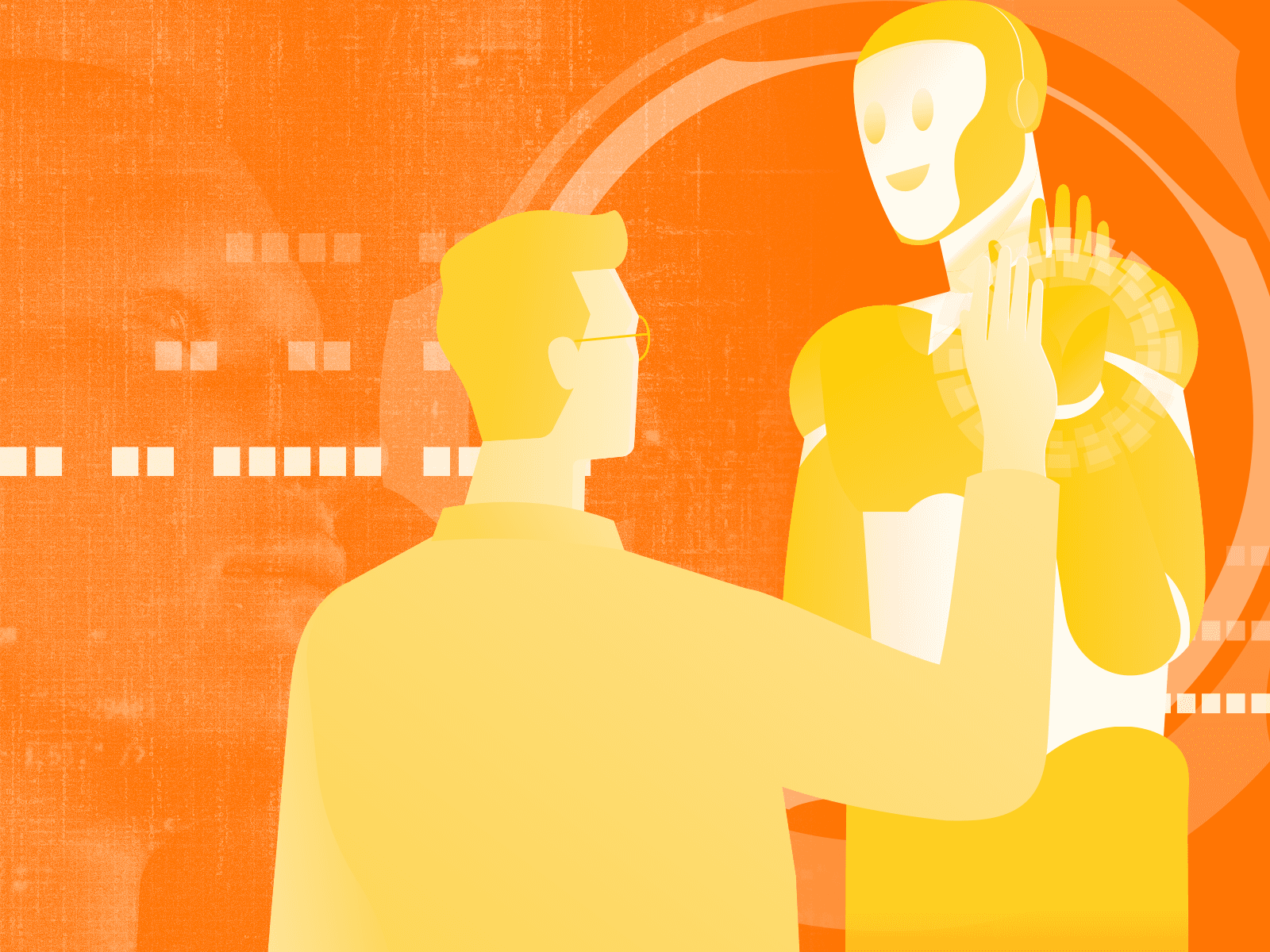AI Body Measurements for Virtual Fitting Room Solutions

Illustration: © AI For All
Virtual try-on solutions powered by artificial intelligence have revolutionized e-commerce apparel businesses. Helping shoppers see how products would look on themselves is a crucial part of bridging the gap between virtual and in-person clothes shopping. However, one complicated element remains — body measurements. How can AI be used to implement body measurements for virtual fitting room solutions? This is what we will talk about today.
How Virtual Fitting Room Solutions with Body Measurement Features Work
There’s no one set workflow to helping customers “try on” styles from your online storefront. Planning, design, development, and testing are all crucial elements as usual. However, the exact process will depend on the kinds of products you’re looking to have potential customers try on.
Some apps don’t bother with the body measurement process. As a result, users of these apps don’t get sizing information that can help them make an informed choice about which size to purchase. Apps that do incorporate body size data powered by AI typically follow this workflow:
- A shopper takes a photo of themselves. For greater accuracy, they’re asked to replicate a pose provided by the app.
- Necessary points on the body are identified by the software that helps the app understand sizing information.
- Generative models can then be used to overlay the chosen product with the provided image while accounting for accurate sizing information.
While this approach is incorporated into many ready-to-use products out there, depending on what products you’re offering on your online storefront, you’ll need to make adjustments or use a different model. In my experience, a combination of two machine learning (ML) models can achieve positive results.
The first approach is Pose Estimation. This helps to detect key body points. Next, a body segmentation model can create masks of the human body in pixels. These pixels can be converted into more relevant measuring units like centimeters or meters.
There are still challenges that remain. The accuracy of body measurements varies widely for different parts of the body. Below is a diagram showcasing various points of measurement on the body, followed by a table explaining the complexity of each measurement.


Pose Estimation Models
This model analyzes where parts of the body are and what position they’re in. There are two approaches to achieving pose estimation: 2D and 3D. 3D pose estimation models are superior to 2D. A three-dimensional model incorporates volume. This depth is key to providing accurate measurements for virtual fitting room solutions.
Body Segmentation
To provide the body mask, this model determines which pixels from the image are part of the subject’s body. Since the model will output pixels that are part of the body in the image, understanding the scale of the image is crucial for achieving accurate measurements. One of the best sources for this scale is the user’s height. From here, many other measurements from segmentation can be discerned.
Body Measurement Calculations
Now that we’ve identified the pose and segmented the distances, it’s time to represent the data and finalize the calculations. This is subject to error based on many variables, such as when the user deviates from the pose in the sample picture. Some other challenges include:
- Camera angles can affect proper key point detection. This can result in overlapping body parts and other issues.
- Background color and complexity can affect the detection model.
- Low lighting conditions can affect the quality of the calculations.
Alternatively, users can take manual measurements. They’d need to take three images and follow the directions to perform their own measurements. There are some requirements for this approach:
- Tight clothing or just underwear is needed to get the best results.
- A well-lit environment is required.
- A plain, distinguishable background.
- Good camera quality.
- Human error will result in varying measurements.
For better results, it’s better to use more than one set of measurements. It’s also possible to measure some dimensions with AI and measure the rest manually, or to correct AI measurements when needed.
Wrapping Up
Although AI-based body measurement apps have a unique set of challenges, they can offer serious competitive advantages for creating Augmented Reality-based virtual try-on solutions. By enhancing virtual fitting room technologies, you can better provide experiences that can compete with brick-and-mortar locations. Accommodating different body sizes with AI measuring tools adds another level of immersion and accessibility to online shoppers that can build greater trust and loyalty with your audience.
Retail
Author









